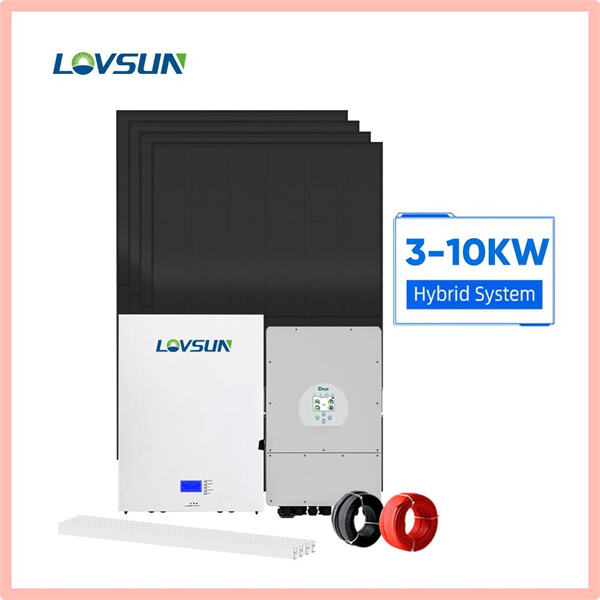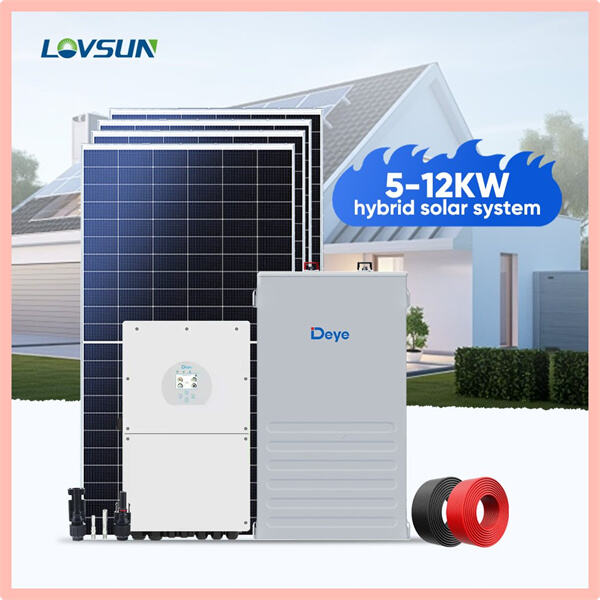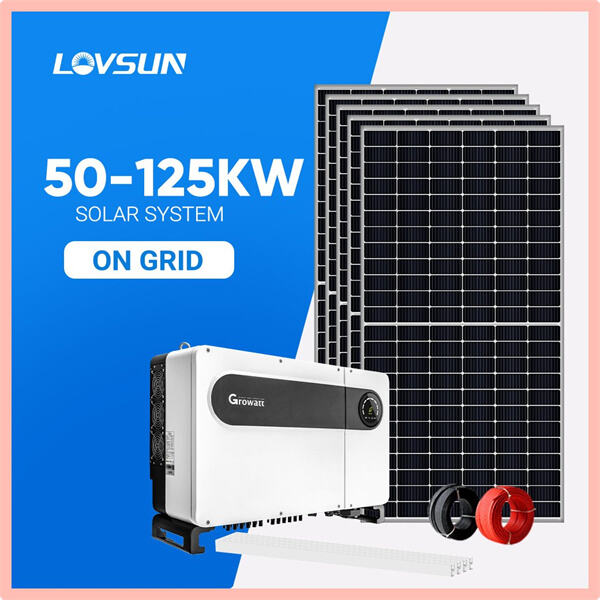Solar power systems represent an elegant use of the sun’s energy in making electricity. These systems employ specialized panels to transform sunlight into electricity that can power homes, schools and other buildings. Lovsun is here to assist you in understanding how solar electricity systems work as well as why solar electricity systems are helpful to the planet.
How Solar Power Systems Function Solar panels collect sunlight. There are thousands of tiny cells in these panels that collaborate to transform sunlight into electrical energy. The electricity can be stored in a battery, or used immediately to power lights, computers, and appliances.
Solar power systems fall mainly into two categories — grid-tied system or off-grid system. They are also designed to be off-grid — not connected to the electricity grid, and to store excess electricity in batteries for use when needed. Grid-tied: Grid-tied systems connect to the electricity grid and can send surplus energy back to be used by others. Both save on electricity bills and use less fossil fuels.

Solar power systems produce electricity with solar panels. When sun strikes the solar panels, it generates a flow of electricity that feeds into an inverter. The inverter converts that direct current (DC) electricity into alternating current (AC) electricity, which is what the majority of homes and buildings utilize. The AC electricity can then be fed to lights, appliances and other devices.

The Earth and humanity have many positives from solar power systems. And they help reduce harmful greenhouse gas emissions. They also help to save on electricity bills by taking advantage of free energy from the sun and what is better than them is that when you install the solar power system it also adds value to the home or building and allows the electricity in your home to operate even during outages.

There are certain things to consider if you want to install a solar power system. First, you need to find a sunny location to place the solar panels, such as a rooftop or open field. You also have to ensure your roof is structurally sound enough to support the panels. The next step is to a find a qualified solar installer who can help design and install the system. Lastly, you have to connect the system to your home electrical system and have it inspected to ensure it meets safety requirements and working properly.